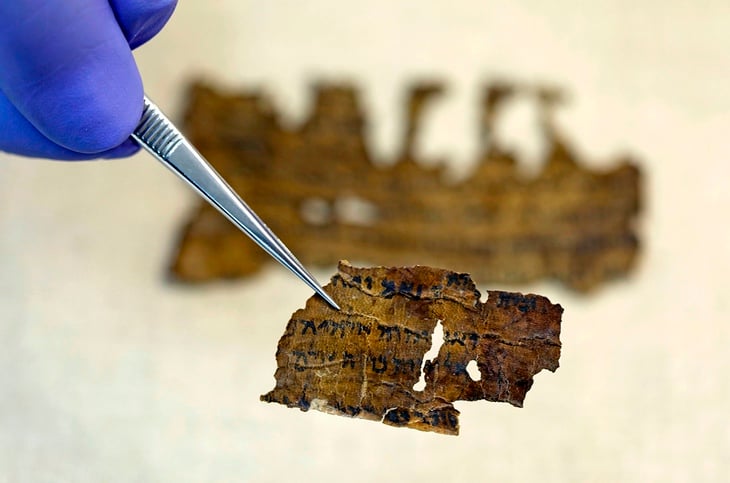
Researchers believe the Dead Sea Scrolls may be even older than previously thought - Photo: AFP
A groundbreaking study combining traditional scholarship and artificial intelligence (AI) has shaken the archaeological world by suggesting that the Hebrew Bible (Dead Sea Scrolls) may have been compiled tens to hundreds of years earlier than previously assumed. The research has just been published in the scientific journal PLOS ONE.
Until now, the dating of ancient scrolls has relied primarily on paleography. However, the interdisciplinary team began by using radiocarbon (C-14) dating on 30 leather manuscripts held by the Israel Antiquities Authority (IAA).
After determining the age of the specimens, the team digitized high-resolution images of the Hebrew and Aramaic characters, then fed them into an AI model called “Enoch” — a geometry-based character shape analysis system.
Based on data from dated manuscripts, Enoch was able to learn the chronological characteristics of the writing and deduce the dates of 135 other manuscripts without performing destructive tests. The results showed that when compared with expert assessments, Enoch was up to 79% accurate.
"We solved the big problem of the dating of the Dead Sea Scrolls... The combination of archaeology, physics, AI, history and philology is revolutionary," said Professor Mladen Popović, Director of the Qumran Institute at the University of Groningen (Netherlands) and co-author of the study.
The Enoch model – now open source – opens the door to re-dating hundreds of manuscripts found in the Judean desert over the past several decades. The initial findings also reveal that two biblical manuscripts may have been written just a few years after their contents were written – something that had never been confirmed before.
The research is part of a decades-long project called "The Hands That Wrote the Bible," funded by the European Research Council.
According to Professor Eibert Tigchelaar, an expert on the "Dead Sea Scrolls" from the University of Leuven (Belgium), the difference of several decades in dating is extremely important, because it can put the texts in completely different political and cultural contexts.
C-14 dating also presents challenges, as each manuscript has been preserved in different conditions for more than 2,000 years. The key, according to Professor Elisabetta Boaretto of the Weizmann Institute in Israel, is to process the sample to completely remove impurities, something that has never been done thoroughly before. She stressed that this is a commendable step in combining modern technology to shed light on ancient questions.
Many of the manuscripts, which have been re-dated, are older than the Qumran community, home to the people believed to have written most of the Dead Sea Scrolls. This raises questions about the formation of cultural phenomena that have traditionally been linked to specific historical events.
IAA researcher Joe Uziel hopes the study will pave the way for wider applications of AI in the field of archaeology.
Source: https://tuoitre.vn/ai-phat-hien-tuoi-that-cua-cuon-sach-co-gioi-khao-co-chan-dong-20250608095500825.htm








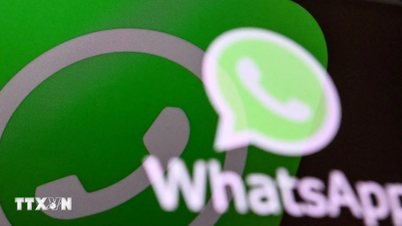





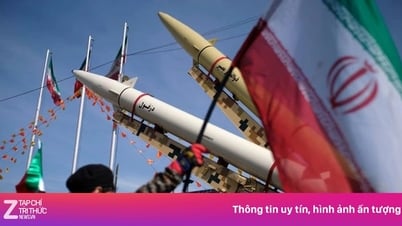

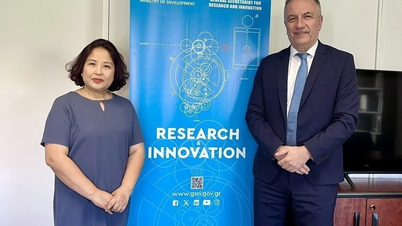





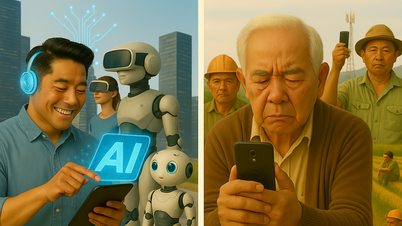
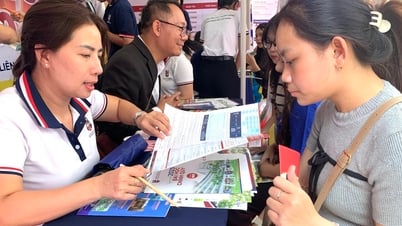










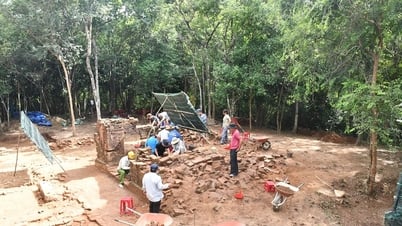














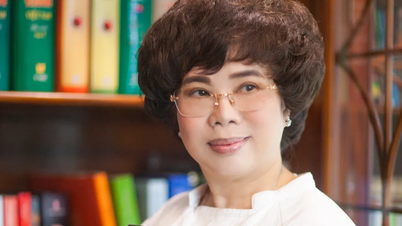










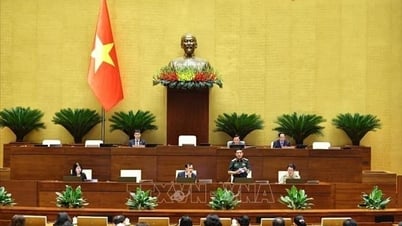






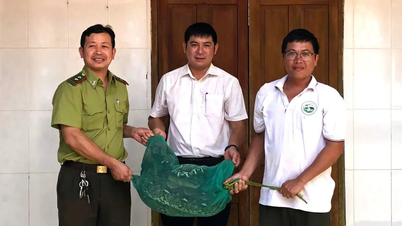

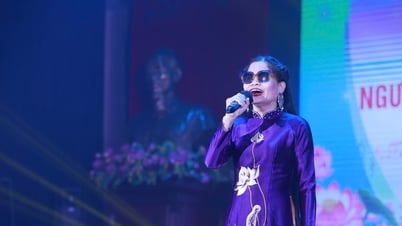

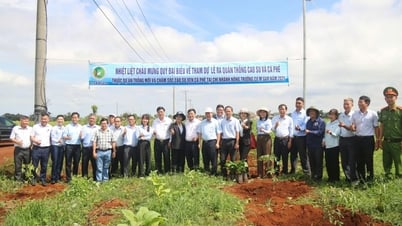




















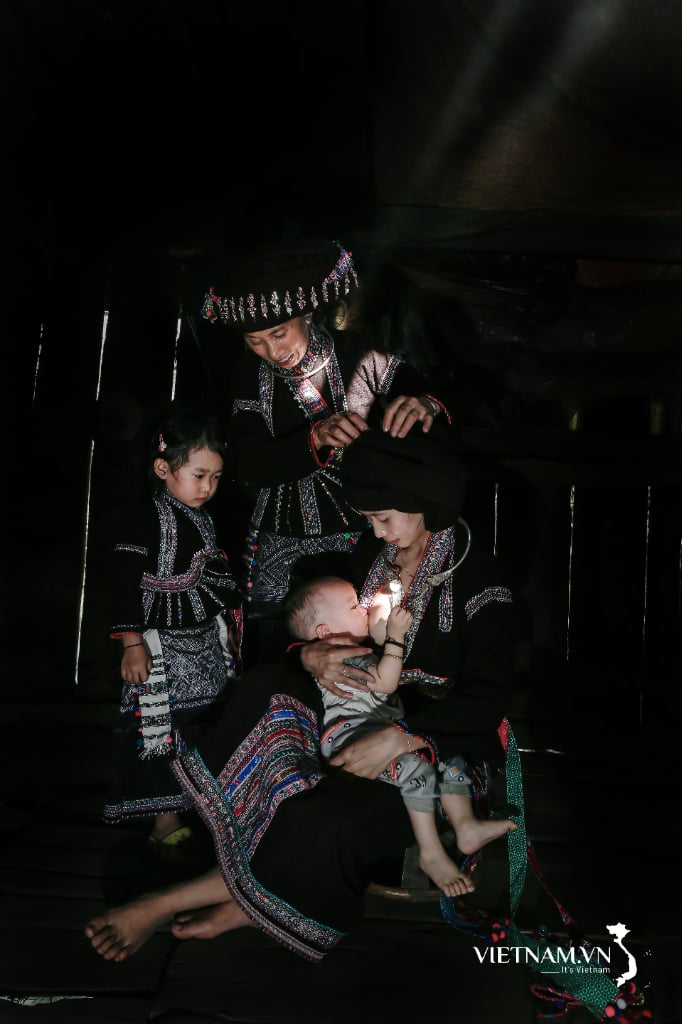

Comment (0)